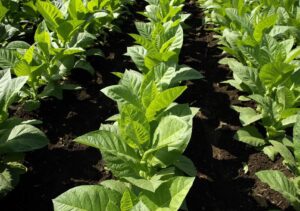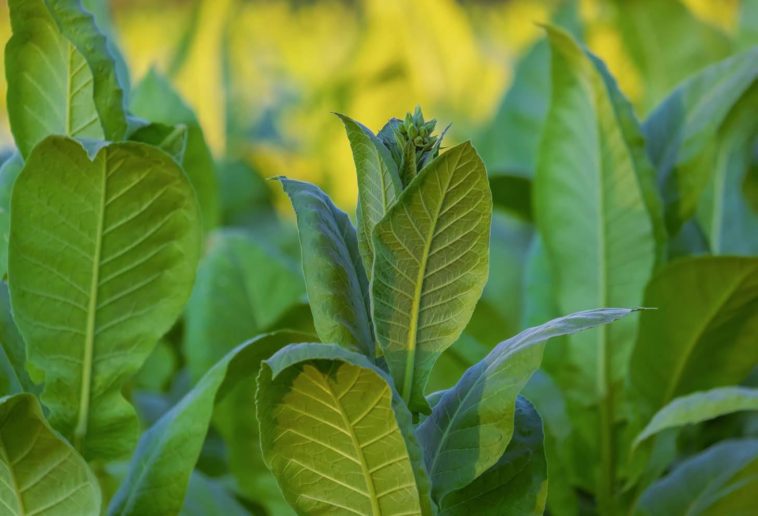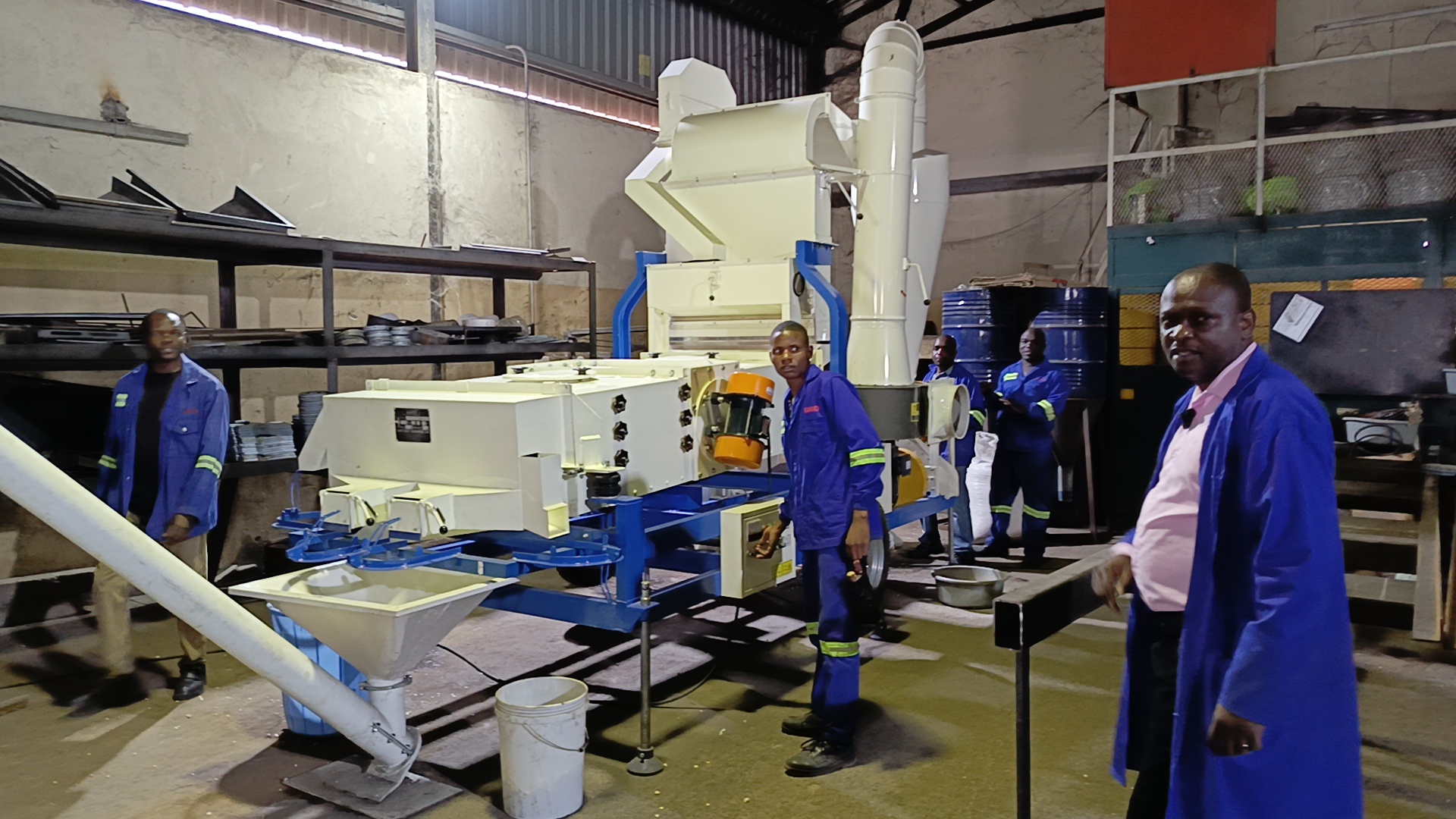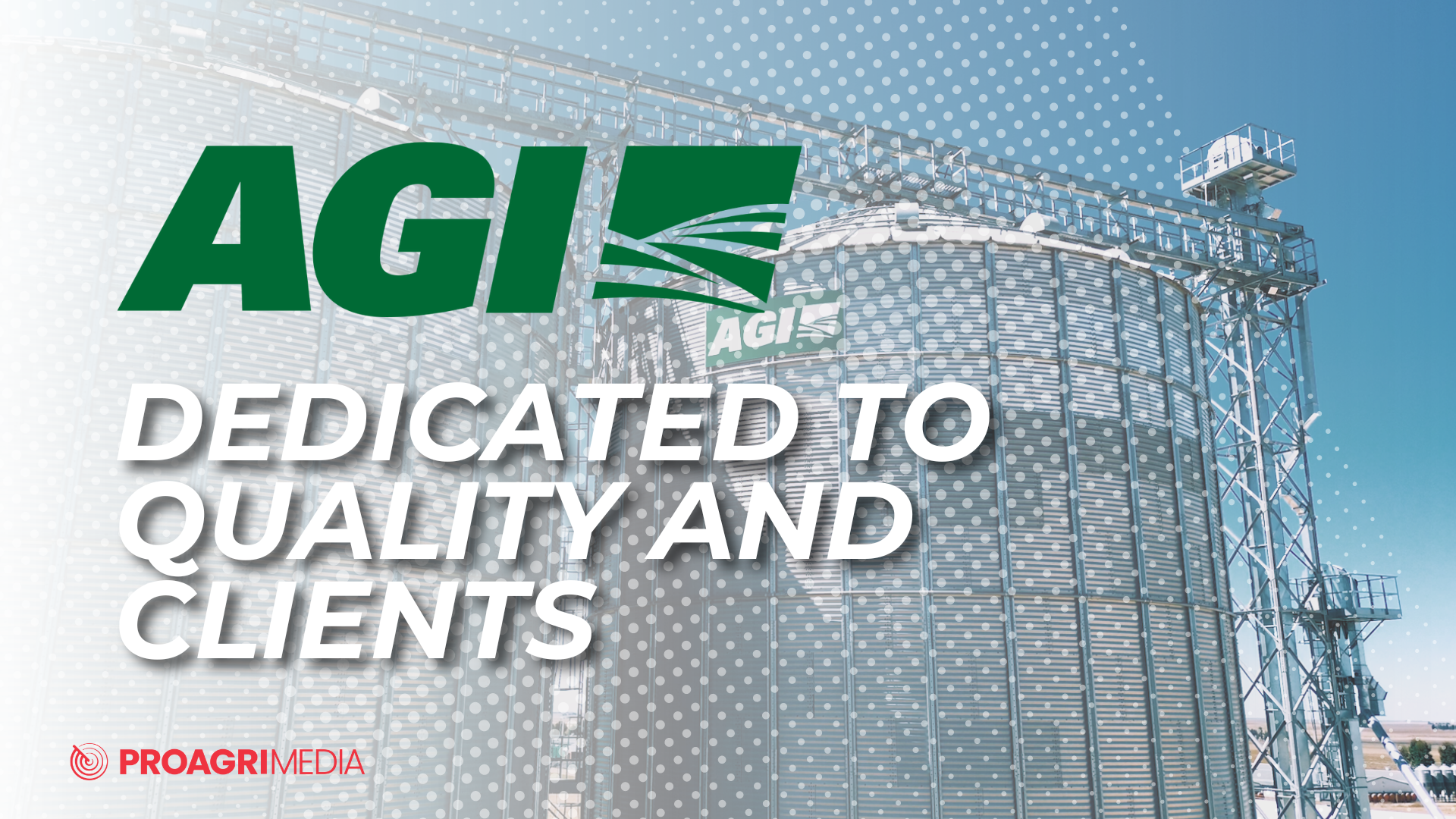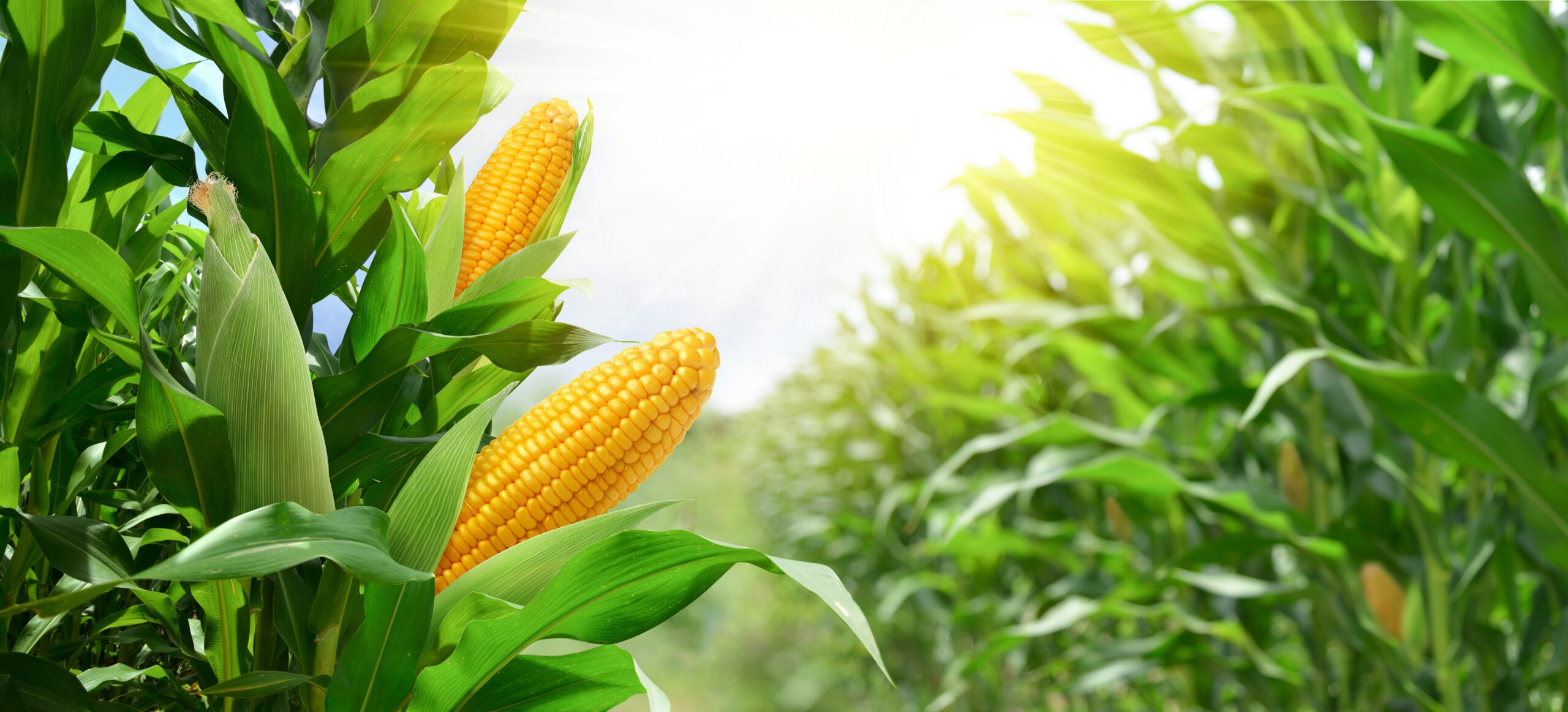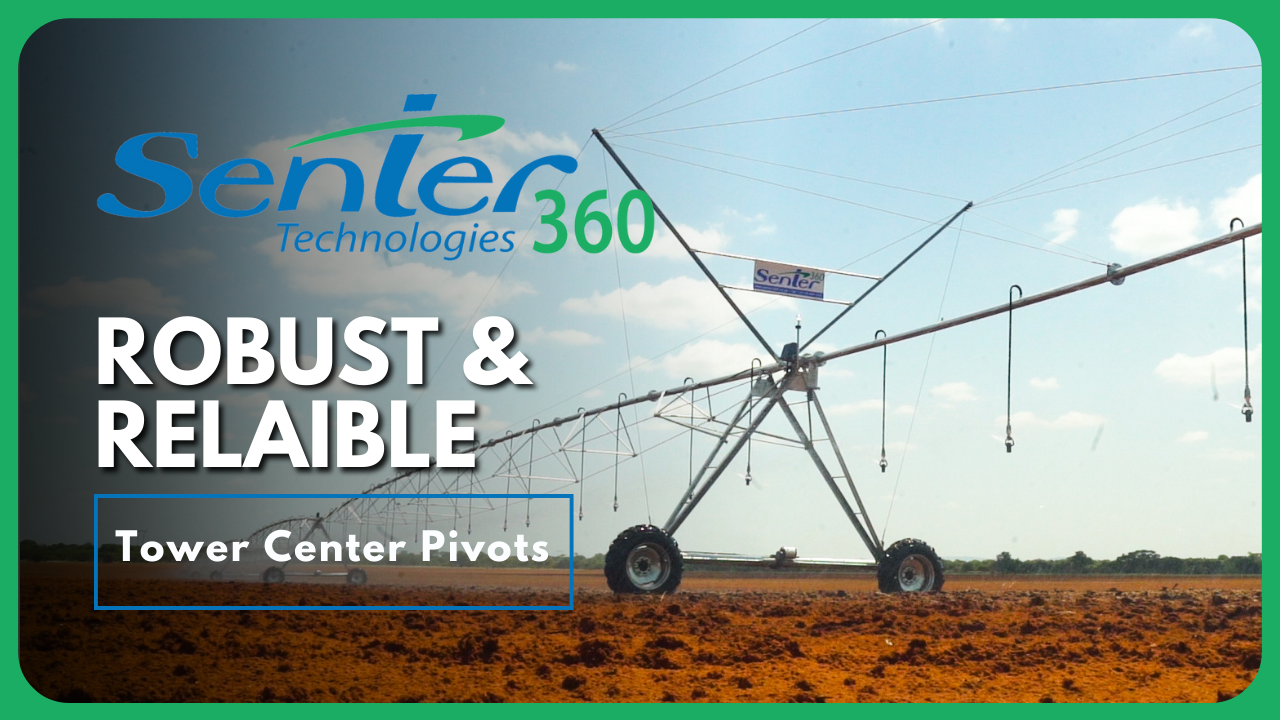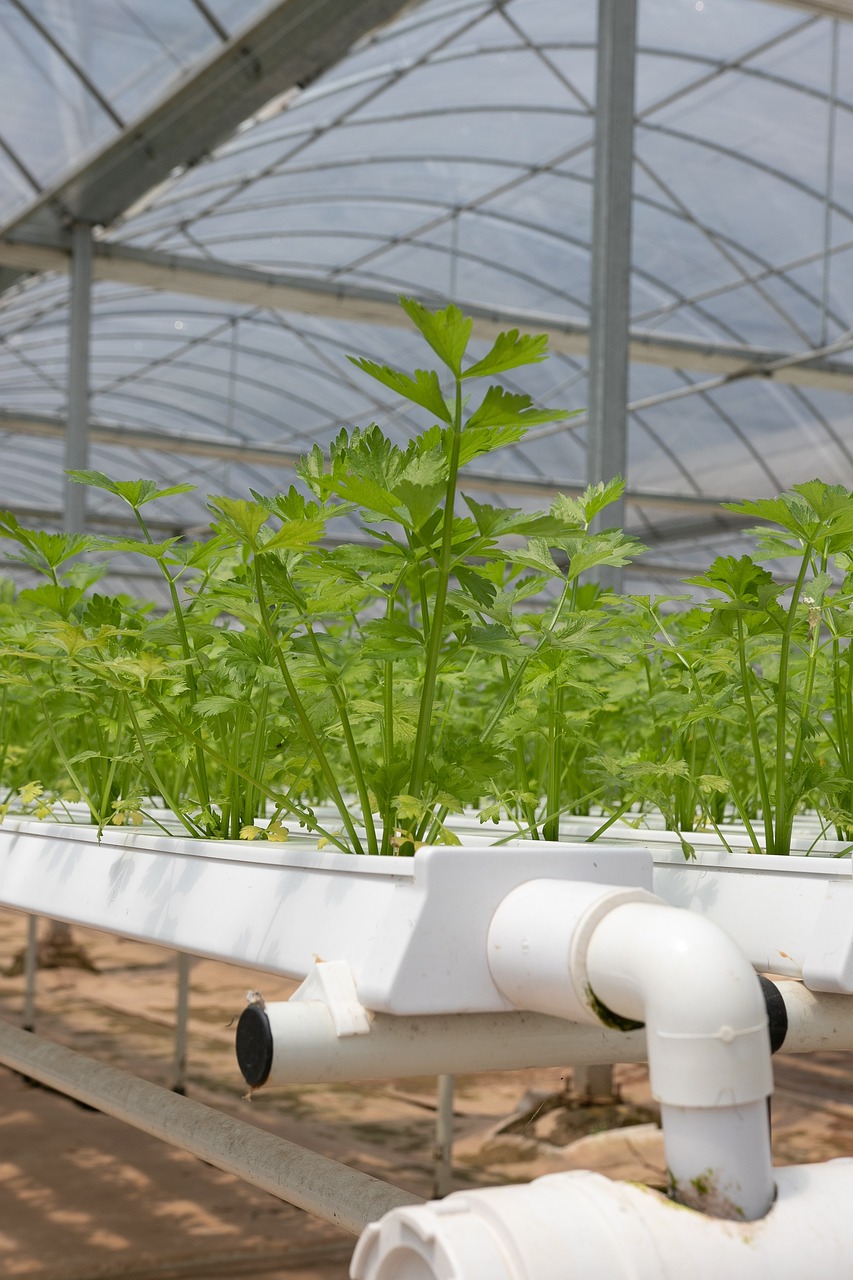The tobacco industry of Zimbabwe is one of its major economic role players within the agricultural industry. Tobacco farmers contribute more than 50 percent of agricultural exports, 30 percent of total exports and nearly 10 percent of Zimbabwe’s GDP according to the Food and Agriculture Organization of the United Nations.
It is however not the easiest of crops that can be cultivated and there are many aspects of tobacco farming that need careful management in order to avoid significant losses due to crop failure. The initial phase of tobacco production is the seedling cultivation phase. During this stage of production, there are some key elements that need to be addressed.
The seed
There are different cultivars available that are adapted to the region of your farm. You have to ensure that you select the correct cultivar that suits the environmental conditions of your farm in order to boost your yield, and also your profit.
Sowing the seed into the seedbed
According to government regulations, the first date on which seeds may be sown in Zimbabwe is the first of June. However, during the weeks of May farmers are busy preparing the seedbeds, ensuring that there are enough minerals in the soil and that the pH levels are perfectly balanced to promote the germination of the seeds. Tobacco seeds are extremely sensitive to soil acidity and the utmost care needs to be taken to ensure that the pH levels of the soil are correct to meet the needs of the tobacco plants.
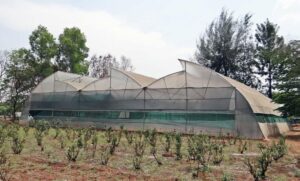
If greenhouses are used to control the ambient temperature that tobacco seeds need to germinate, they also need to allow sufficient sunlight.
The germination phase
Adequate exposure to sunlight and sufficient heat is essential during the germination of the tobacco plants. This can be a tricky situation due to the fact that the seeds are
sown during the winter months. Using a greenhouse is advisable in order for farmers to be able to manipulate the ambient temperature, but it is also vital that these structures
allow for sufficient sunlight to reach the plants.
The thinning-out process
Due to the fact that tobacco seeds are extremely small, they are often sown quite close together. For better growth, the plants need to be thinned and replanted about 30 days after
the initial sowing. The only way to do this is through manual labour. The more these plants are handled, the more it increases the risk of diseases that can spread. Therefore, it is vital to have strict sanitary measures in place which will be discussed later in the article.
The trimming process
Once the seedlings have been thinned out, they need to be trimmed on a regular basis in order to stimulate vertical growth. This process also needs to be conducted with care so that the crown of the plant is not cut , which can stunt growth and cause a delay in production.
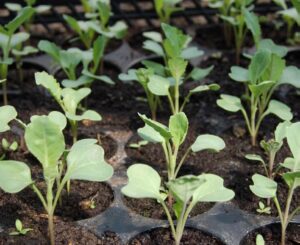
After germination seedlings need to be thinned out to allow each plant enough room to develop. The plants also have to be trimmed regularly 30 days after germination to stimulate vertical growth.
Tobacco hardening
This process can start once the seedlings have reached a total length of about 15 cm. During the hardening process, farmers will withhold irrigation and fertilisers and
administer potassium sulphate and copper oxychloride.
This will lead the tobacco plants to change colour from a dark green to yellow. Hardening the plants is done in order to prepare them for transplanting to the field. Hardening limits effects of transplant shock on the seedlings.
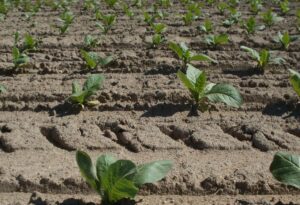
The hardening process where water and fertilisers are withheld and other chemical nutrients are added helps to prevent transplanting shock when the seedlings are planted in the field.
Managing diseases in tobacco plants
Disease management in tobacco greenhouses can be accomplished through the use of adequate sanitation practices that prevent the introduction of pathogens into greenhouses. Controlling the greenhouse environment by reducing excessive moisture reduces or delays disease infection and spread. Frequent monitoring of plants for disease and solid production practices also help reduce losses to disease. This is according to Davydd Jenkins of Plantforum in South Africa.
Sanitation
Due to the fact that tobacco is extremely susceptible to various crop diseases, the utmost care needs to be taken to ensure that the necessary sanitation standards are upheld. Good sanitation practices will ensure that the plants do not come into contact with harmful pathogens that can spread throughout the crop, leaving the farmer with a financial loss. All the
equipment used during the sowing and care of the seedlings need to be sanitised with a 50% bleach solution.
Plant material, growth medium and discarded trays should never be left lying around the area where the seedlings are grown. If diseases do appear, the infected trays have to be removed and destroyed by burning. Do not simply bury diseased plants as some pathogens can survive for extended periods in the soil. Scout the plants regularly for any signs of disease.
Workers should also be sanitised before they are allowed to work with the seedlings. Workers who smoke or use other forms of tobacco products should not be allowed to come into contact with the seedlings. The most common diseases found in tobacco seedlings are pythium rot, collar rot or Rhizoctonia diseases.
By producing healthy, strong seedlings, a farmer can significantly increase the yield of his crop and the success of his business. Proper preparation and good management practices in the early stages will save time and money later in the cultivation process.
